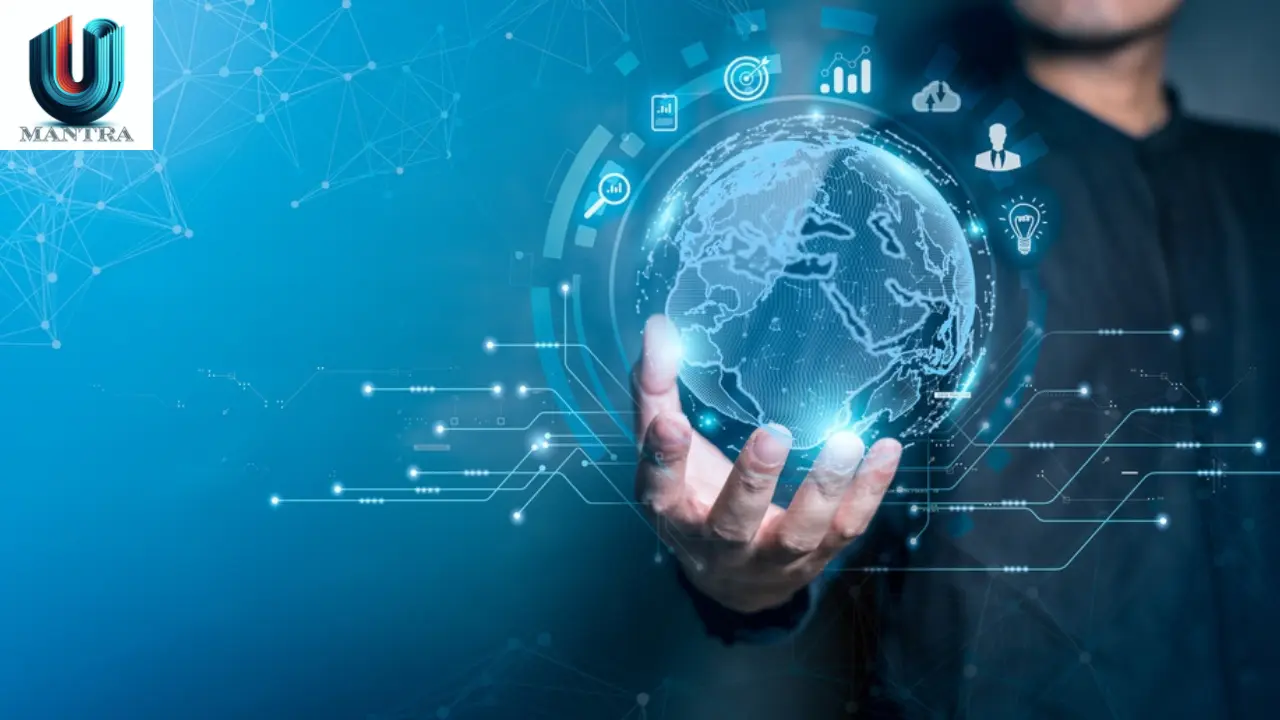Geophysics has made some improvements due to the level of digital transformation in place. As we approach the calendar year 2024, it is evident that newly adopted systems are changing the practice of geophysicists regarding data collection, processing, and making decisions. From artificial intelligence (AI) to agile leadership, these digital transformation trends are set to redefine the industry. This article elaborates on some of the digitization drivers in the geophysics sector that will enable organizations to counteract challenges and emerge victorious.
Here are 9 Top Digital Transformation Trends in Geophysics for 2024
1. The Role of Artificial Intelligence and Machine Learning in Geophysics
AI and machine learning form the backbone of the most economical digital transformation in geophysics. These technologies have created a paradigm shift in how geophysicists manage and interpret vast amounts of complex data. Seismic data analysis, geological formation prediction, and resource evaluation using AI systems can be undertaken more efficiently than conventional techniques.
Main Advantages:
- Improved information analysis and understanding.
- Better predictive capabilities.
- A decrease in the workforce, time, and other resources needed for data processing that would otherwise be manual.
2. Big Data Analytics: A Game Changer in Geophysics
The geophysics sector is one of the fields in which enormous amounts of data are generated. And, the applications of big data analytics are essential for understanding this data. By incorporating big data, geophysicists can explore the subsurface conditions in detail, forecast certain geophysical phenomena, and enhance the exploration activity.
The Impact of Big Data Analytics on Geophysics:
- Enhance strategic planning and implementation through information systems.
- Increased efficiency in risk appraisal and mitigation.
- Improved capability of depicting and predicting geological events.
3. How Cloud Computing is Transforming Geophysics
Cloud computing is also one of the primary digital transformation trends in geophysics. Offshoring data storage and information processing through cloud infrastructure allows the company to procure as much computing power as it requires, work with teams in various locations in real-time, and grow all its activities without needing high startup capital.
Advantages of Cloud Computing:
- Infrastructure and resources can be easily modified or expanded.
- Lower costs related to data acquisition, storage, and processing.
- Improved teamwork as data and other resources are shared.
4. Digital Twins: Creating Virtual Models for Better Geophysical Analysis
These are computer-generated models replicating physical assets, processes, or systems. Digital twins help geophysicists create dynamic subsurface models that allow them to test various scenarios and strategies without physically drilling or exploring.
Benefits of Digital Twins:
- Deploy the model to monitor geologic conditions and perform simulations.
- Virtual testing enhances safety and lowers costs.
- Better design and productivity.
5. The Internet of Things (IoT): Enabling Real-Time Data Collection
IoT devices are gaining ground in all geophysics fields, subject to data collection in real-time using devices placed in the field, even in challenging terrains. Such systems include many sensors and interconnected devices. These devices supervise seismic activities, temperature variations, and relevant information. They transmit this information to a central location for processing.
Critical Applications of IoT in Geophysics:
- Remote sensing of exploration places.
- Transmission of information and reception of data without interruptions.
- Use of improved maintenance strategies for machines.
6. Agile Management: Driving Digital Transformation in Geophysics
Managed change is crucial in every field, including geophysics, as the progress for digital transformation is on the upsurge. Planning formal software projects is the primary reason Agile methodologies are utilized nowadays to execute geophysical projects. Adapting leadership style to the emergent market changes by taking risks, changing, and focusing on the client has improved work in any given organization’s digital evolution journey.
Core Principles of Agile Leadership:
- Planning along with providing solutions leads to partial transformations.
- Empowering and bringing together multi-disciplinary teams.
- Constant reminders of the value of product delivery and execution.
7. Automation and Robotics: Reducing Human Risk in Geophysical Operations
There is less reliance on human work in geophysics because automation and advanced robotics can do the job in dangerous or distant places. These robotic methods have automated some activities, including drilling, collecting data, and traveling using remotely controlled flying machines.
Effect of Automation in Geophysics:
- Humans have limited exposure to hazardous conditions.
- Data collection has more accuracy.
- Costs are significantly reduced.
8. Enhanced Data Visualization: Simplifying Complex Geophysical Data
More advanced data visualization tools make interpreting large geophysical datasets less of a burden for geophysicists. Some of these tools, including 3D modeling and virtual reality (VR) simulations, strenuously portray subsurface conditions, making communicating decisions and consulting stakeholders easier.
Advantages of Data Visualization:
- High proficiency in managing challenging geological datasets.
- Engagement with the audience who may not be familiar with technical language.
- Rapid decisions aided through the use of visuals.
9. Strengthening Cybersecurity in Geophysical Digital Transformation
While seeking to advance further on the aspects of digital transformation, attention to cybersecurity issues also increases. Geophysical data security is essential to preserve geophysical trust in operations and protect data from cyber marauders.
Key Cybersecurity Practices:
- Adoption of strict encryption and authentication.
- Monthly checks of network security and scan vulnerability.
- Staff orientation on the school of thought on overcoming cyber threats.
Start Your Digital Transformation Journey Today
The change process is shaking the structure of geophysics with a wide array of opportunities while creating new obligations. Geophysical entities in the quest to enhance operational efficiencies, improve decision making and remain competitive in the fast-paced changes in the industry need to embrace these trends, which include the use of AI, big data, cloud computing, digital twins, IoT, agile leadership, automating processes, data visualization, and securing information. With an eye to 2024, it will be vital to keep up with these trends to thrive in the geophysics business.
Understand how these trends can benefit your organization and bring your geophysics projects to a new level. Keep up with changes, become competitive, and look into the frontiers of geophysics.
FAQs
Some challenges include high expenses associated with hi-tech devices, a guy who would be considered as more advanced and will help in the utilization of the digital tools, worries over the safety of information, and the inertia of using the old ways.
The key geophysics digital transformation trends forecasted for 2024 are the utilization of artificial intelligence and machine learning, big data, cloud technologies, digital twins, machine-to-machine technologies, robotic and automated systems, enhanced data delivery, project adaptability, and better information protection from hackers.
AI is better at processing geophysical data as it deals with large volumes of complex data rapidly, detects trends, and offers reliable subsurface predictions, thus accelerating the exploration process and cutting the costs incurred.
Automation of the geophysical industry enables performing operations that carry a high risk to the human factor and are performed in a remote environment as well as improves the quality of results and cuts down the costs of operations by employing machines and drones in performing activities such as drilling and mapping.


